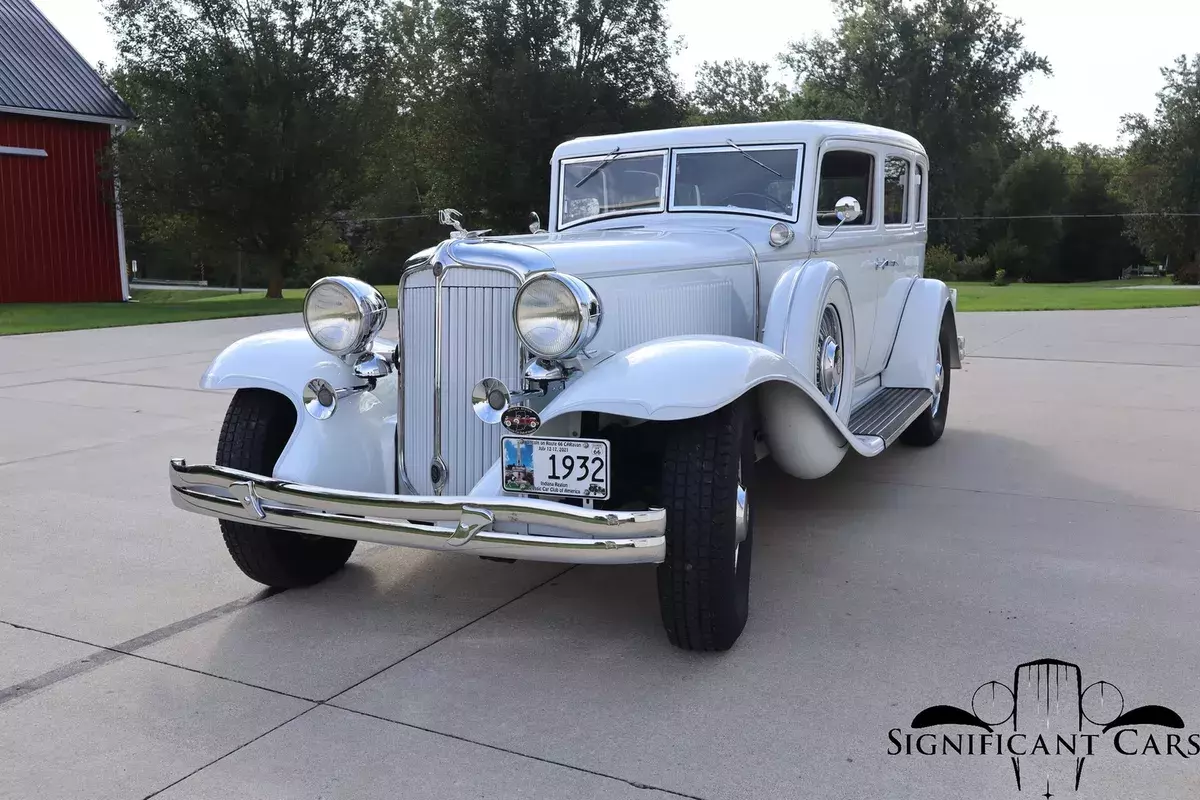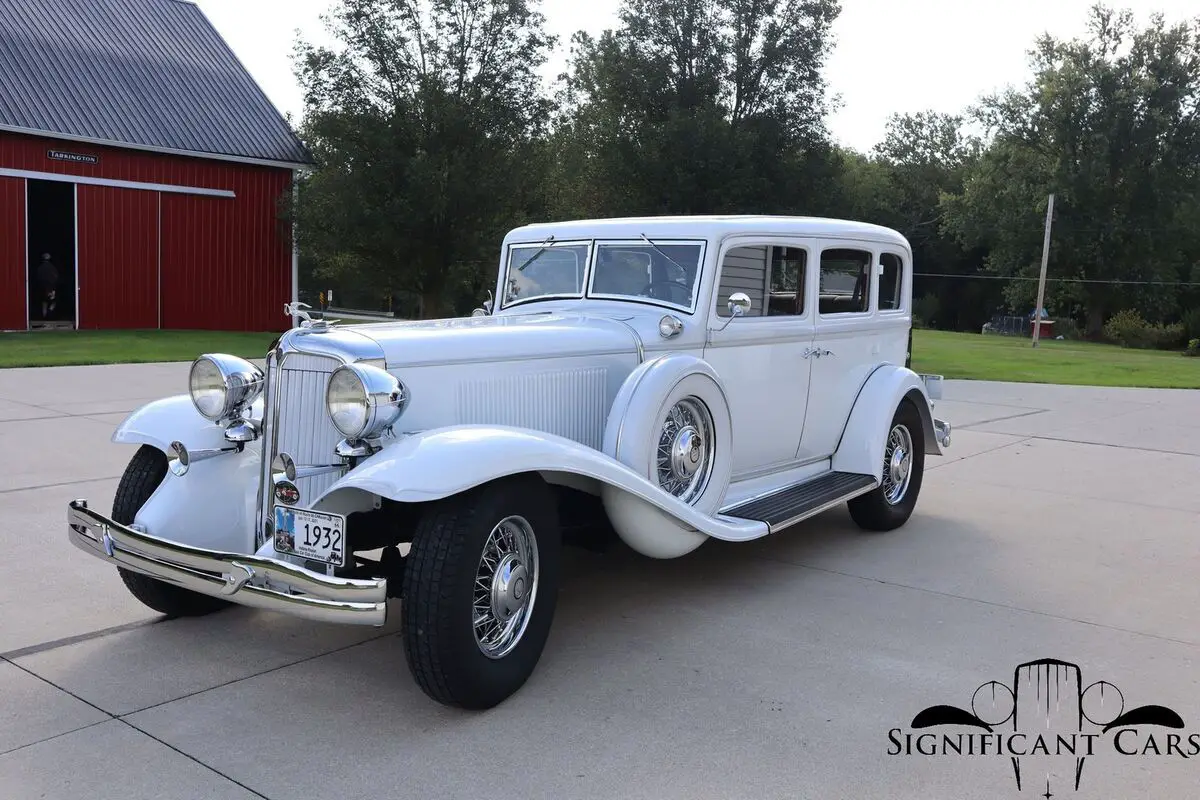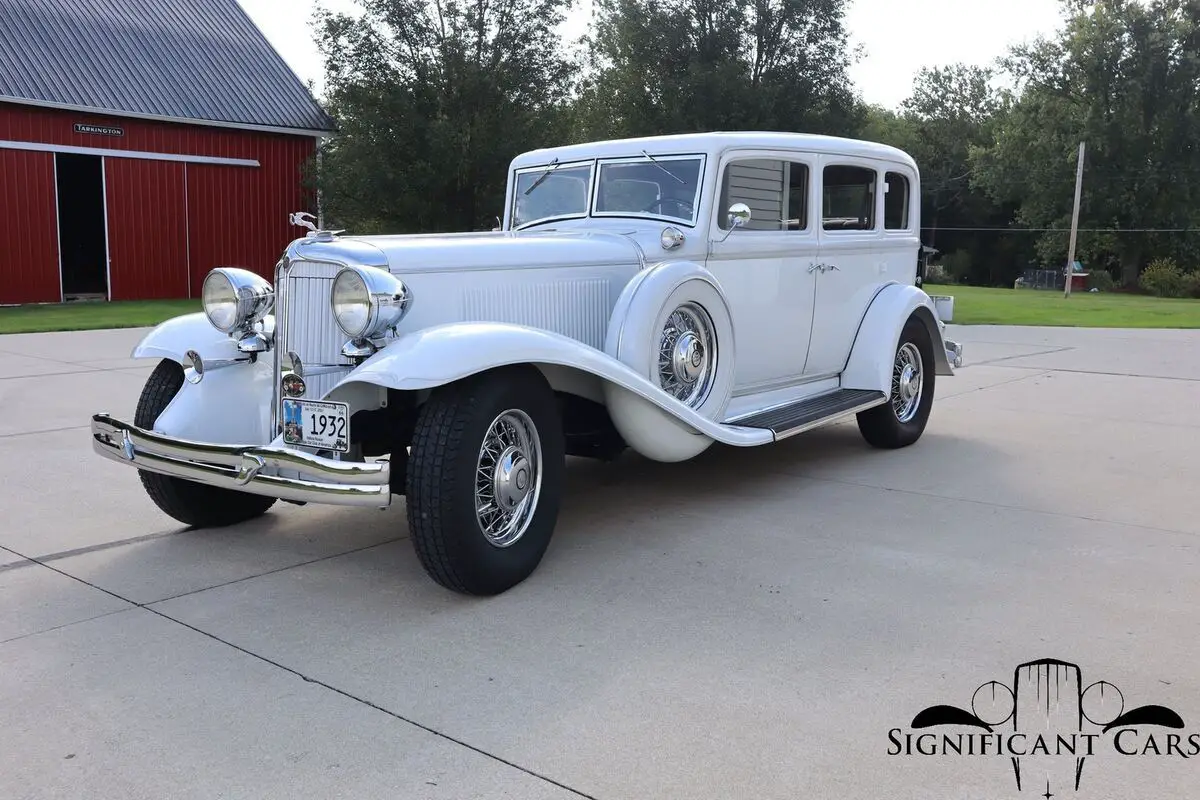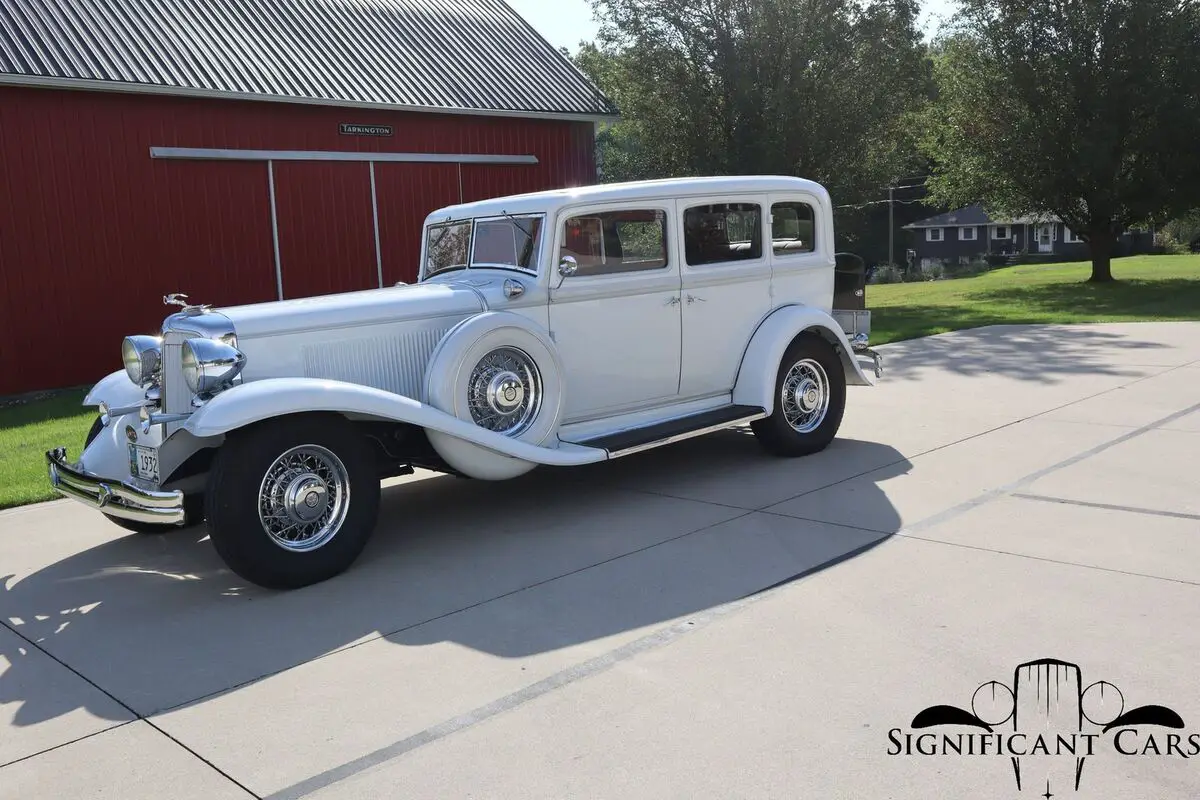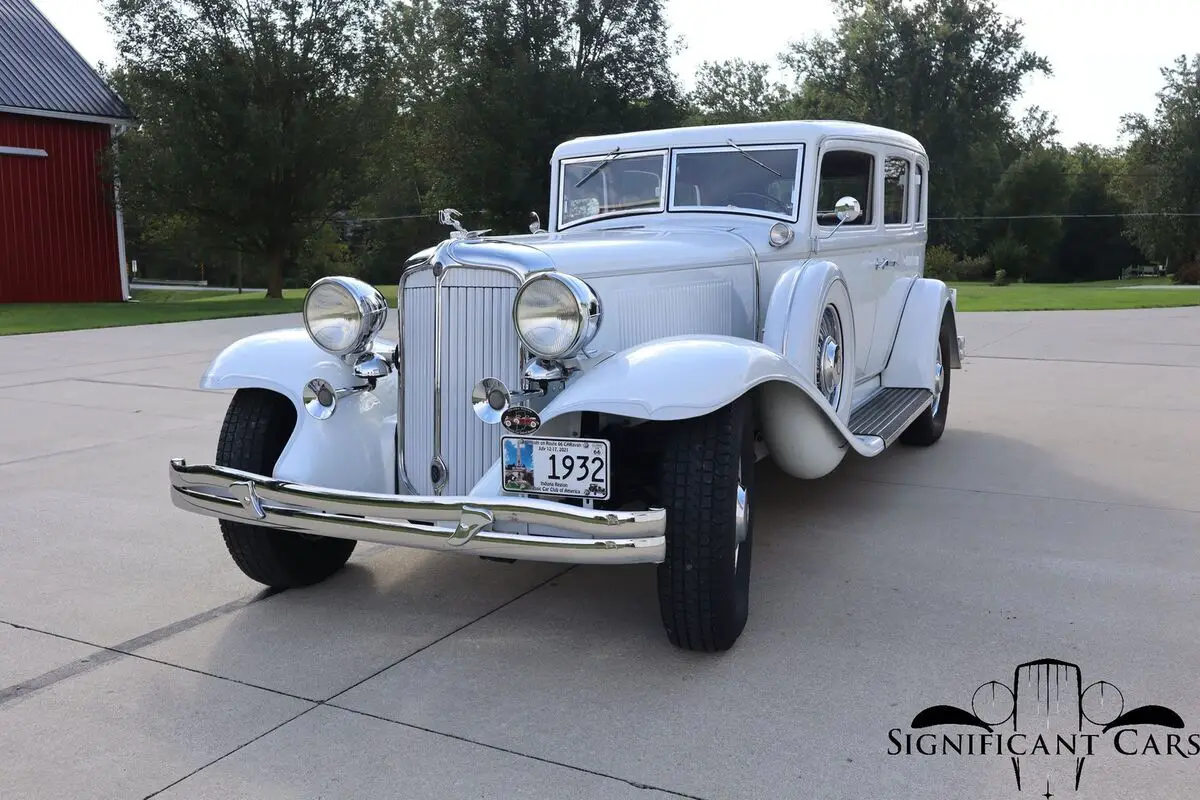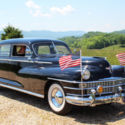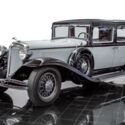1932 Chrysler Imperial CH Touring Sedan CCCA Premier, Tour Vet High Speed Gears
| Make: | Chrysler |
| Model: | Imperial CH Touring Sedan |
| Year: | 1932 |
| Mileage: | 80000 |
| VIN: | 849 CH |
| Color: | Other |
| Interior color: | Other |
| Vehicle Title: | Clean |
1932 Chrysler Imperial CH Touring Sedan Additional Info:
The Chrysler Imperial, introduced in 1926, was Chrysler's top-of-the-line vehicle for much of its history. Models were produced under the Chrysler name until 1954, after which Imperial became a standalone make; and again from 199093. The company positioned the cars as a prestige marque to rival Cadillac, Continental, Lincoln, Duesenberg, Pierce Arrow, Cord, and Packard. According to Antique Automobile, "The adjective 'imperial' according to Webster's Dictionary means sovereign, supreme, superior or of unusual size or excellence. The word imperial thus justly befits Chrysler's highest priced model."
For several decades and multiple generations, the Imperial was the exclusive Chrysler and the favorite choice of luxurious transportation for senior executive leadership, government officials, royalty and various celebrities in comparison to the more affordable Chrysler New Yorker. Over the years the appearance, technological advancements and luxurious accommodations updated with the latest trends and fashionable appearances. Limousines, town cars and convertibles were the usual appearances, while special coachwork choices were provided by the industry's best providers, to include Derham, Fleetwood, LeBaron, and others.
The all-new 1931 "Chrysler Imperial 8" introduced the new in-line 8-cylinder engine which was shared with the Chrysler Eight Series CP in smaller displacements. The car received a new 384.4 cu in Chrysler flathead Straight-8 with a Stromberg Model DD-3 carburetor. The Imperial introduced a vee-type radiator, a long straight hood that displayed "torpedo" styling, and wide flowing fenders with a split and slanted windshield and showed visual similarities to the Cord L-29. Various features considered luxurious in nature at the time included dual sun visors, adjustable front seats and steering column, rust-proof fenders, wire-spoked wheels, automatic heater control, safety glass and Lockheed supplied hydraulic brakes. To minimize engine vibration from being felt by passengers, an isolation feature called "Floating Power" was introduced.
The Imperial Series CG offered four sedan coachwork choices from Briggs, while LeBaron offered four convertible coupe and sedan choices. At least ten Individual Custom 2-door coupes were documented from individual coachwork providers Waterhouse, Drauz and LeBaron. These were custom built to specification, and were variously equipped with anything the customer desired-even a Dictaphone. Prices ranged from $2,745 for the factory supplied four-door, five-passenger Sedan to $3,575 for the LeBaron Dual Cowl Phaeton.
Stock car driver Harry Hartz set numerous speed records with a 1933 Imperial sedan at Daytona Beach, Florida. A roadster was entered in the 1931 24 Hours of Le Mans competition but did not finish due to radiator failure. It was introduced shortly after the Rolls-Royce Phantom II, Mercedes-Benz 770, Packard Eight, Duesenberg Model J, Renault Reinastella, Cadillac Series 355, and Lincoln K-series. Total documented CG production shows that 3,228 of all body style choices were manufactured, including chassis only supplied to individual coachwork providers. A stylized gazelle statuette was added to the Viking Winged helmet radiator cap and hood ornament for all Imperial vehicles starting in 1931.
Model year 1932 introduced the junior Series CH Imperial while the previous Series CG became the Series CL and took the name Imperial Custom to continue to provide individually requested, customized vehicles. The Series CH was related to the Chrysler Series CP in that the straight-eight engine, and most features were shared while the Imperial Series CH was offered with many standard features that were optional on the Series CP. The Series CH and CL featured all steel body work, a double drop "girder truss" chassis frame, split windshields, dual sun visors, and trumpet horns. The ignition was provided by Delco-Remy, the brakes were hydraulic and the transmission was a four-speed manual transmission with an optional automatic vacuum operated clutch. The body styles offered on the Series CH were a two-door, two-passenger roadster convertible with available rumble seat, a four-door sedan or a four-door convertible. The roadster listed price was $1,925 while the four-door convertible was $2,195 which made the more esteemed "Imperial" brand almost identically priced to "Chrysler" branded products, while the engine displacement on the Series CH was larger. The 1932 Series CL remained the more prestigious Imperial and all coachwork was provided by LeBaron offering four convertible body styles along with a conventional seven-passenger sedan or eight-passenger limousine, while documented records show one two-passenger Roadster and one Landau Limousine were manufactured. Records show that 32 Series CL Sedan Limousine by LeBaron were sold for $3,295.
